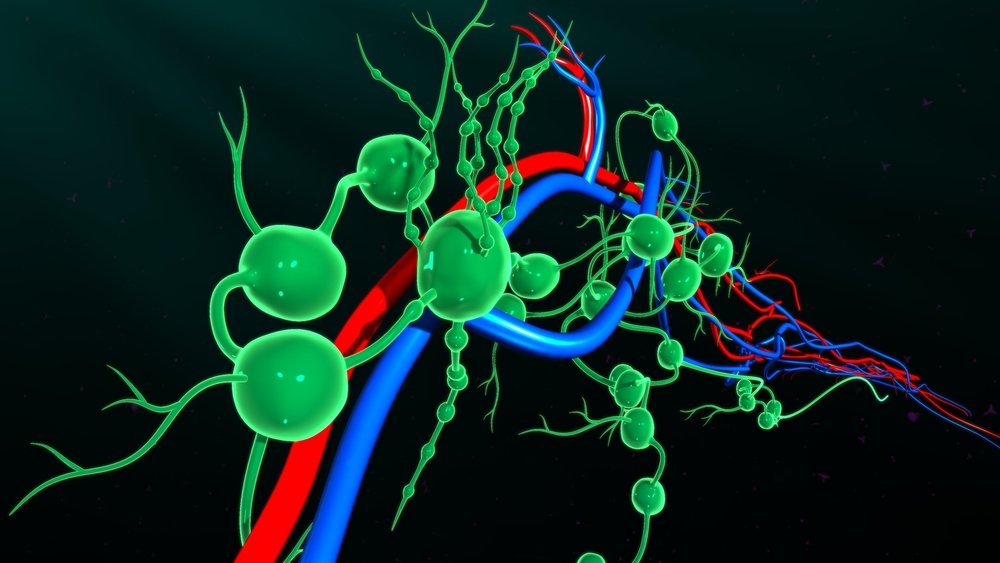Cushing’s Related Tumors Require Lymph Vessel Growth for Steroid Production, Study Suggests

Aggressive adrenocortical carcinomas differ from tumors linked to Cushing’s syndrome in the density of blood and lymph vessels, according to a research team at Portugal’s University of Porto.
Their study, “Angiogenesis and Lymphangiogenesis in the Adrenocortical Tumors,” appeared in the journal Pathology & Oncology Research. It offers insights into the specific mechanisms driving the development of the two types of related tumors, according to the research team at the
Adrenocortical tumors are common, and usually lack the aggressive behavior of malignant cancer. Many do, however, produce steroids, giving rise to the symptoms of Cushing’s syndrome.
A few patients instead develop an aggressive type of adrenocortical cancer. This type of tumor does usually not produce steroids, and because of the lack of symptoms, doctors tend to diagnose it once it has already reached an advanced stage, when the tumor has metastasized.
To understand if differences exist in how the two types of tumors grow blood and lymph vessels, researchers took a closer look at tissue from 15 patients with adrenocortical carcinomas and 19 adrenocortical adenomas, 10 of which were linked to Cushing’s syndrome.
They stained the tissue with dyes that specifically recognize blood and lymph vessels. The technique employs antibodies that bind to proteins found on the surfaces of lymph or blood vessels. The antibody is linked to a dye, which researchers can visualize with the help of a microscope.
An analysis showed that Cushing’s tumors had a higher density of lymph vessels than the more aggressive tumors. These cancers, instead, had more blood vessels than the Cushing’s-related tumors. The team also noted that the density of lymph vessels was related to the levels of a protein called StAR, which researchers consider a marker of steroid production.
Yet they found no link between blood vessel density and steroid production.
These findings suggest that blood vessel growth is a requirement for the aggressive tumor, allowing it to rapidly grow and spread to other parts of the body. Although the team speculated on how lymph vessels are related to the production of steroids in Cushing’s type tumors, they urged future research to understand the biological link.






